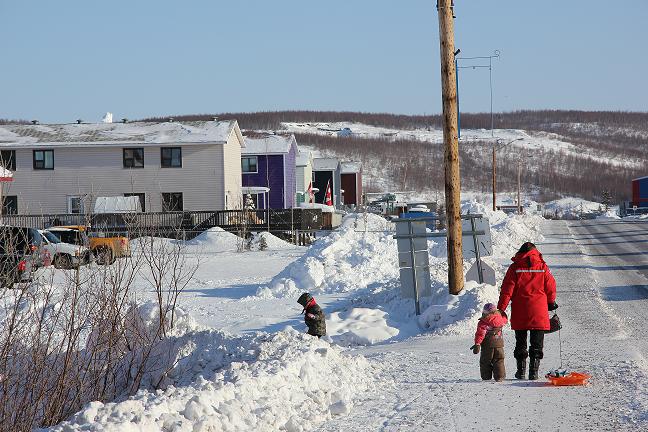The North’s demographic destiny
 Last month The Economist published an article on Bangladesh’s impressive improvements in life expectancy and poverty reduction. The biggest surprise is that it has made big gains in health and education without a concomitant jump in wealth, as measured by GDP/capita. How has it done this?
Last month The Economist published an article on Bangladesh’s impressive improvements in life expectancy and poverty reduction. The biggest surprise is that it has made big gains in health and education without a concomitant jump in wealth, as measured by GDP/capita. How has it done this?
The article attributes much of the progress to family planning and a decline in the fertility rate, leaving more time for women to work and more money to contribute to household expenditures. It also leaves Bangladesh primed for a demographic dividend, when that jump in wealth will surely follow.
All of this points to how demography – the composition of a particular human population – can both stymie development and support it, and that many conventional attempts to improve quality of life can be frustrated if demographic conditions are working against them.
A few universal demographic trends have been identified, including that poorer women tend to have more children than richer women, and that young populations tend to be poorer than older ones. This trend holds true in the Arctic, where the Arctic Human Development Report points out that while the fertility rate in the circumpolar region is only slightly higher than in their respective countries as a whole, the gap is particularly pronounced in the indigenous populations of Canada and the United States. Whereas Alaska’s fertility rate as a whole was 2.3 births/woman, the rate for indigenous women was 3.5 versus 2.1 for non-indigenous. In Canada, the overall rate for NWT, which is split 50/50 between indigenous and non-indigenous persons, was a relatively low 1.8; whereas the rate for indigenous women in Yukon and NWT was 3.1, and 3.7 in Nunavut.
Of course having children is not in and of itself a bad thing. But a very young population usually correlates with lower economic and social outcomes, including overcrowded housing, low educational attainment and more single parent households. And Canadian aboriginal woman are not only having more children; they are having them much earlier, with a teenage (15-19 years) fertility rate 5.5 times as high as their non-aboriginal counterparts.
Reducing fertility rates to replacement levels – about 2.1 children/woman – does a number of things. At the family level, it reduces the household responsibilities borne by women, allowing them to attain higher levels of education and move into paid employment, boosting both the size and pool of the available workforce and contributing to higher household incomes. This is particularly true when women delay childbirth into their late twenties or early thirties. Smaller families are also able to invest more in their children’s education and well-being, and save and invest more for their retirement.
At the societal level, a declining fertility rate paves the way for what is termed a “demographic dividend”, when the ratio of dependent children falls relative to working-age and economically productive adults. This results in a smaller economic burden on both families and the state (for example in paying less for education) and leads to rapid economic growth for about a generation. The demographic dividend is attributed for much of the economic growth that China and other Asian countries have experienced since the 1980s (though a lower fertility rate seems to be a necessary but not sufficient condition for faster economic growth). The Canadian North could do well by preparing for and taking advantage of its own demographic dividend.
Family planning is a widely accepted strategy in the global south, with few programs providing as high a return on investment in improved human development as free contraceptives and improved sexual health education. There is a caveat in the north however, and that is that in contrast to the south, many would consider underpopulation – not overpopulation – to be a major concern, and a declining fertility rate to be an impediment to a goal of increasing the number of inhabitants in the sparsely populated north.
There is also the issue of demography as political power. Aboriginal Canadians have increased as a share of the overall Canadian population from 2.8% in 1996 and 3.3% in 2001 to 3.8% in 2006. In some provinces, such as Saskatchewan, the change has been quite dramatic, with the aboriginal population growing by 9% between the 2001 and 2006 census, to 15% of the total population. As observers of the 2012 US Presidential election will note, demography can reshape politics, and a number of aboriginal leaders have publicly called on their people to continue to increase their numbers through large families. They should be cautioned, however, that a young and growing population will come at the price of further inequality with non-aboriginal communities, and women and children will disproportionately be the ones to foot the bill.

